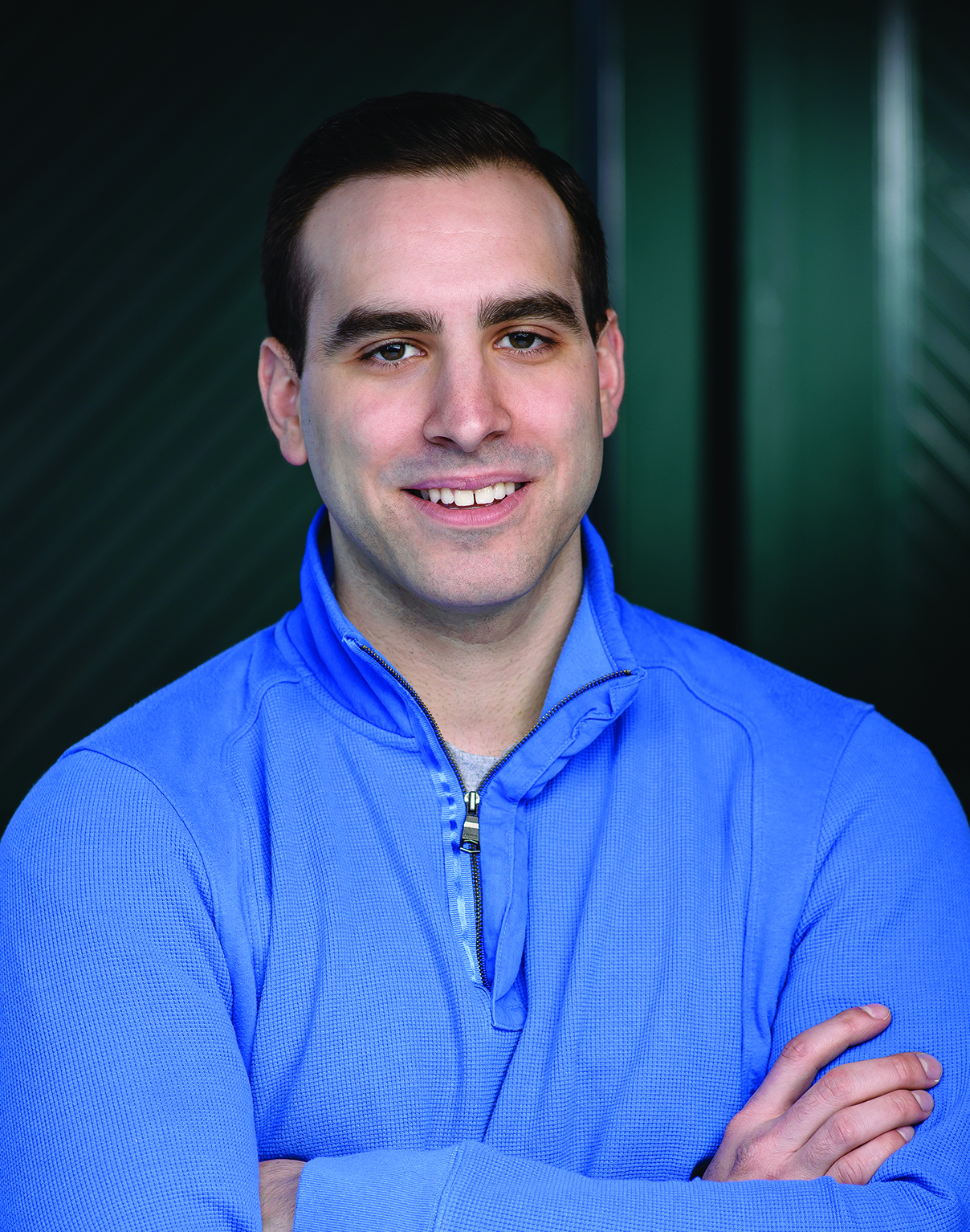The Tallahassee-Leon County Public Safety Complex, which we have written about before, is a great example of what can be done with technology to help companies thrive. Before, we showed the AV side of the picture. Here, we will get a bit more technical, showcasing the data center at the Public Safety Complex. What makes it a particularly unique project is that several separate departments, including the City of Tallahassee and Leon County, needed to share the data center to make it work.
Even though the different departments that would be working in the data center would be consolidating the space to work for each of them, it wasn’t overly difficult to manage the needs of each department as each would be given a degree of separation within the space.
“They were designing a two-end data center with an A UPS and a B UPS, and then an A distribution and a B distribution, and then going down into several pods of racks,” says Tim Morgan, Outside Sales for Critical Components, Inc., who worked on providing equipment for the data center. “Each faction was going to have their own pod of racks. Even though they were sharing a data center space, they had their own dedicated area.” CCI just had to make sure that what was put in as an infrastructure (CCI handled the protective infrastructure, the cooling distribution, and emergency power) would meet the needs that the departments had.

Upstairs at the Tallahassee-Leon County Public Safety Complex is a control room video wall that has some state-of-the-art technology of its own. Learn more about the project here.
The Public Safety Complex, along with CCI and the engineering team they worked with, decided on two one-megawatt uninterruptible power sources, each feeding several power distribution units, which feed overhead busways, which then provide power to every rack. While one department required 48-inches of depth rather than the traditional 42-inches, as well as another need of several racks with the ability to draw 10-12 kilowatts rather than the average 5 of the rest of the racks in the room, the entirety of the data center is essentially mirrored. Specifications were decided on prior to the build to accommodate any unique needs.
The cooling system in the data center uses in-row cooling units, a newer technology that utilizes multiple chilled-water air handlers. Traditionally, data centers have used systems that place air conditioners in the perimeter of the room, pressurize a raised floor, and then push cold air up through perforated floor panels to cool equipment in the racks. With in-row cooling, within the rows of racks are the small air handlers every few racks. This allows for closed coupling, where cold air is being delivered very close to the load, and hot air is collected where it is generated at the rear of the rows of racks.
In addition, every two rows of racks were placed back to back and a ceiling and doors were placed over and at either end of the rows. This encapsulated the hot air that is rejected by the servers. That air can then be collected more easily by the returns of air conditioners, allowing them to run more efficiently and keeping the hot air and cold air from mixing. This has a very practical benefit. If the data center servers want 78-degree air, then the AC units can spit out 78-degree air and cool the servers. Without this in place, the AC may need to spit out 68-degree air to compensate for the hot air in the data center and the cooling of servers. Meaning every second of cooling comes at a lower utility cost.

This configuration also strays from the beaten path of traditional data centers, which often pipe in air conditioning from up above and house power below the floor. With this strategy, if there were to be a water leak, it would not mix with the electricity up above. Because of the efficiency of in-row cooling systems, we expect to see them adopted highly except in the largest of data centers moving forward. Add in the practicality of their heat capture and electric and water distribution, the data center at the Tallahassee-Leon County Public Safety Complex is a shining example of how a state-of-the-art data center can be built.
“You don’t often see multiple governments getting together to build a data center,” says Tim Morgan. “That’s an approach I would like to see more often. I don’t even live in Florida anymore, but as a tax-payer I like it when multiple organizations can get together and build a better project and save money in the long run.”
If you enjoyed this article and want to receive more valuable industry content like this, click here to sign up for our digital newsletters!











Leave a Reply